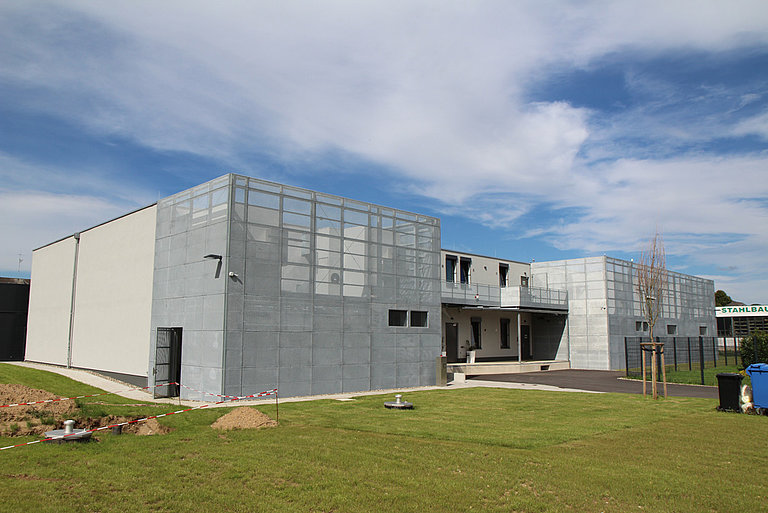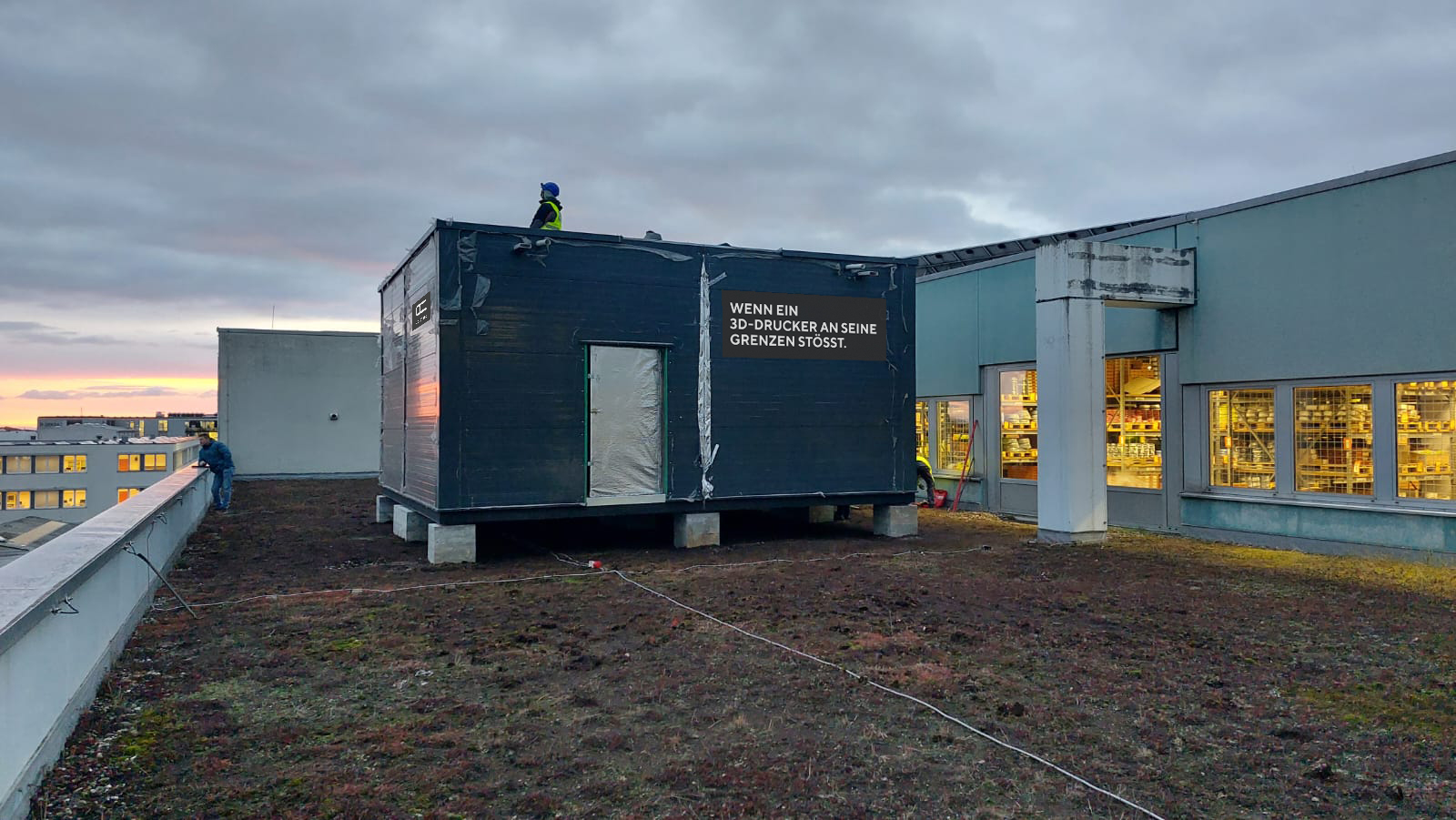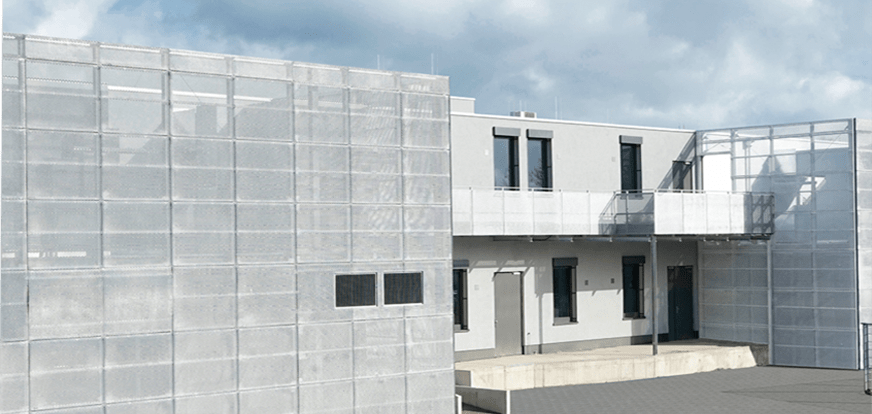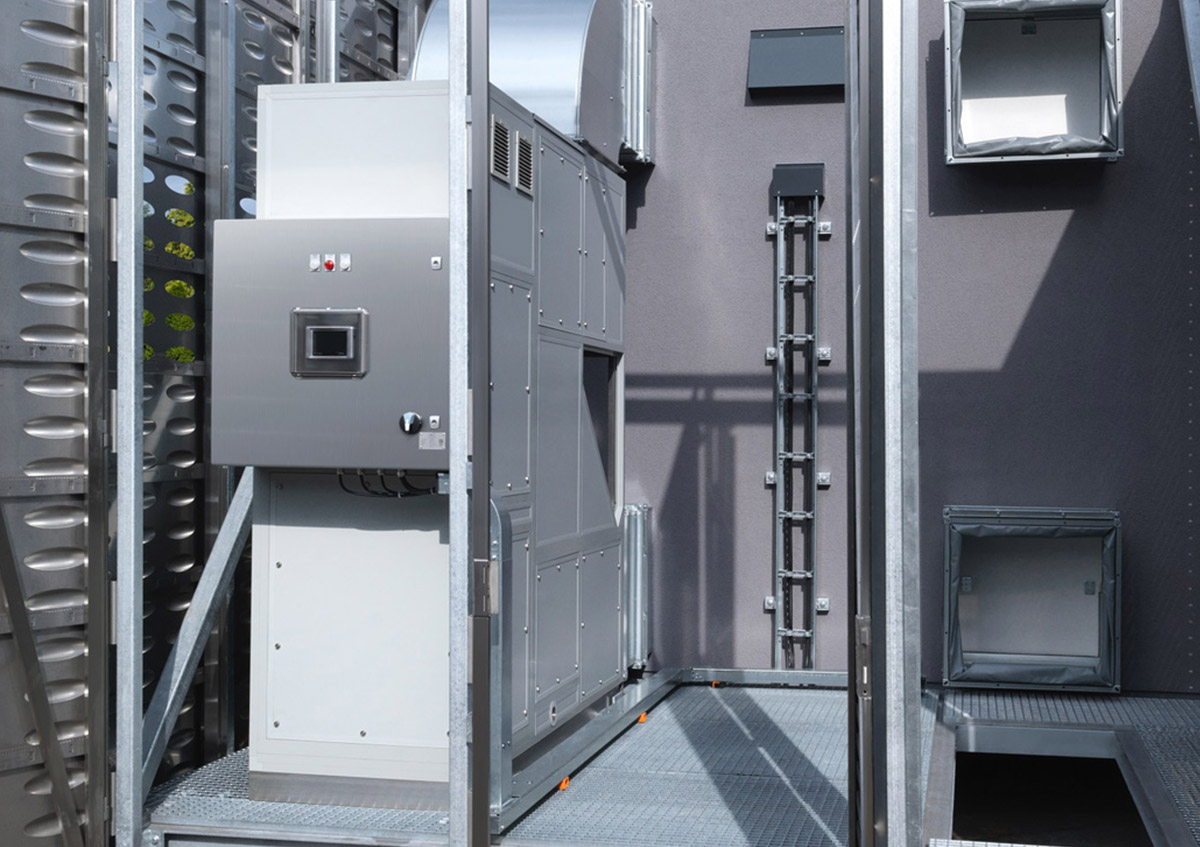The new construction or extension of a data center places high demands on the planning of the server room. It always has to comply with more than legal guidelines if the project is to be implemented efficiently, safely and in a future-oriented manner. To help you plan your server room without errors, the experts at Cadolto Datacenter GmbH (CDC) would like to support you. We will show you how to optimally calculate and implement your data center.
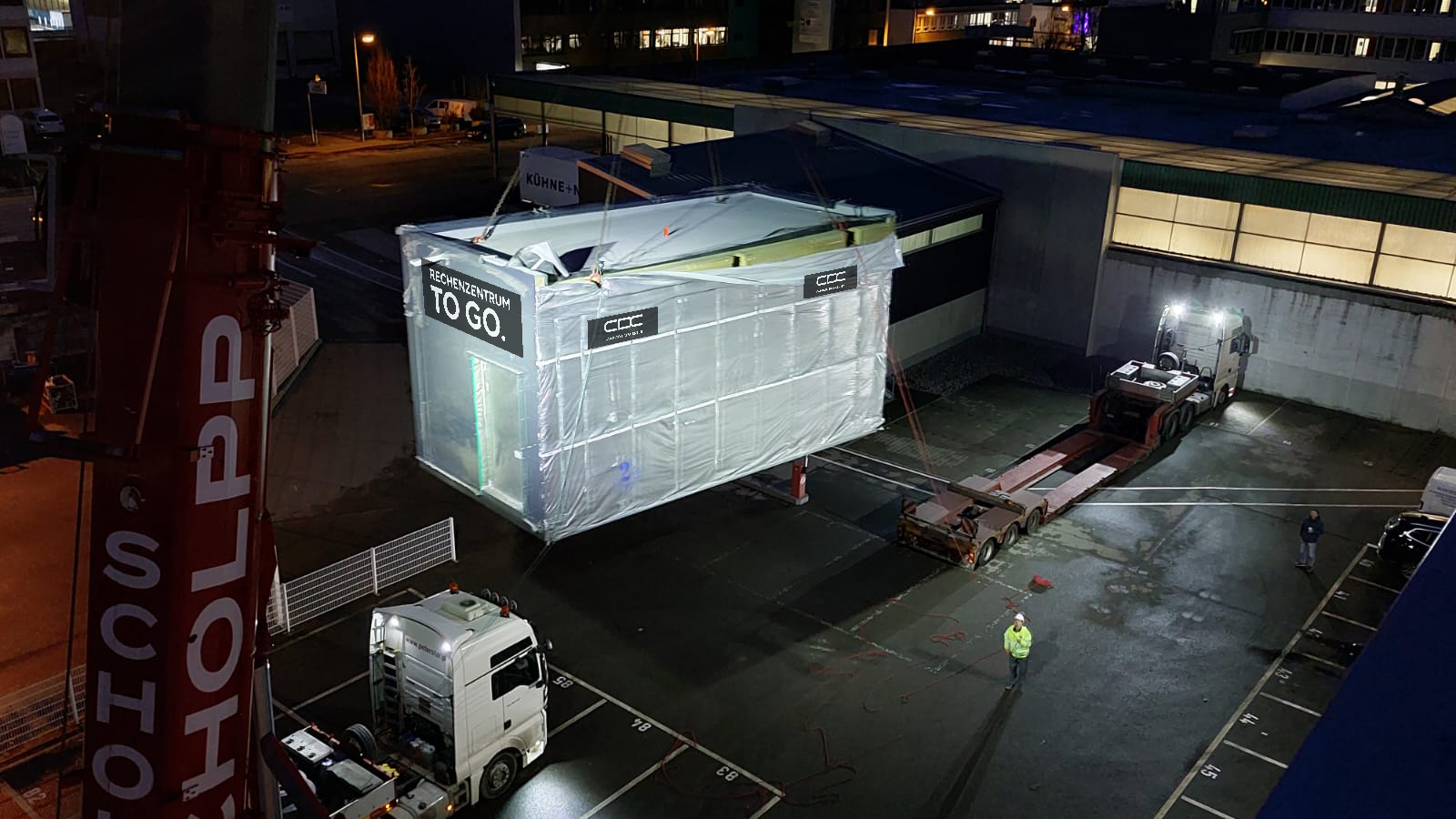
Server room planning
Server room planning - CDC shows how

Correctly dimensioned capacity
When planning your server room , the crucial question is what performance potential is needed , even in the future . Too few resources can have a massive impact on the efficiency of your company’s IT infrastructure. But unused capacity also represents an avoidable cost factor. Conventional data centers are quickly becoming larger than they currently need to be. The ulterior motive behind server room planning is that new capacity can be specified if required. But unused space massively increases energy requirements and maintenance costs without offering any added value.Not to mention the investment costs.
The modular design of CDC’s high-tech buildings offers the optimal solution to this problem. With CDC Microprime and Cadolto Microspace, you always adapt the size of your data center exactly to your needs. You have the option of always building only what you currently need. How does it work?
If you want to plan your server room , it does not have to include unused space to be future-proof. CDC’s modular construction method makes it possible to “dock” new computing capacity within a very short time – during ongoing operation. The ongoing IT operation is not impeded during the (expansion) construction. This only became possible with data centers in modular design.
Plan server room: consider location
The demands on a server room have increased massively in recent years. IT hardware is essential for running business processes – internal as well as external. To plan a server room correctly , & cases Are excluded . To avoid failures, hardware damage or data loss, the location plays an important role when planning a server room. Protection against floods, earthquakes or other forces of nature should be considered in the aspect. At the same time, the fiber optic connection plays the central role.
The same applies to the distance to locations with special hazards. If YOU are planning a server room , it should not be located in close proximity to an airport or industries with heavy loads or even explosion hazards. YOU should choose a location that offers a continuous power supply.
If you are considering a new server room near your facility, it should be located in a separate fire protection area. The best option is to relocate your data center (build-out) outside of other company buildings.
There your server data will be better protected from further influences. You can also benefit from the modular construction of CDC products. By (re)building the modules, no valuable office or storage space is lost. And these would never offer such ideal conditions for operation as the Cadolto Datacenter anyway.
The German Federal Office for Information Security (BSI) has compiled a catalog of criteria for selecting data center locations. Our experts at CDC will also be happy to help you find the best solution for your individual site selection.
Reduce the dangerous situation
There must be no breakdowns during operation. Therefore, there are guidelines for the server room that must already be adhered to during planning. Since 2016, data centres have been certified throughout Europe according to the DIN EN 50600 standard. Necessary analyses and expert opinions are prepared during the planning phase and before construction begins. CDC’s products are also based on the DIN EN 50600 standard. Certification by the TÜV is possible after completion of the construction work.
Power supply
When it comes to planning a server room, an uninterruptible power supply (UPS) and an emergency generator are standard today. All CDC products are equipped with both technologies. The battery operation of the UPS systems enables bridging until the energy of the emergency generator is available.
Cooling system
Since busy computer hardware produces heat, effective cooling of IT systems is needed. Failure to do so can result in damage and, in the worst case, data loss. CDC offers a customised free adiabatic cooling system and, on request, direct free cooling system for all modules. The system is not only efficient, but also energy-saving to a high degree. This allows YOU to plan a server room in an environmentally friendly way . Quickly a paradox.
Fire protection
Another central aspect of planning a server room correctly is fire protection. In addition to smoke or fire detectors, automated extinguishing systems play an important role. Such technology is the quickest way to react to the outbreak of a fire. CDC products can be optionally equipped with an automated extinguishing system.
Expert tip:
When planning your server room, you should also consider where you place your backups. It is not advisable to place backups and servers close to the same place or even in the same whitespace. For example, if a server catches fire, its backup can also be destroyed. A server and its backups are best located in two completely separate fire compartments.
Protection from moisture
In order to optimally plan a server room, protection against the influence of water must also be considered. Since even high or fluctuating humidity can become a problem for technical components, server rooms must be sufficiently air-conditioned. Free adiabatic cooling can achieve this. In order to prevent uncontrolled sunlight from humidity, a server room should not be equipped with windows and no outside air should be supplied by the air conditioning system or only if the environmental parameters make this seem sensible.
Process flows and burglary protection
Another important point in order to be able to plan a server room correctly lies in the preparation of upcoming process flows.
- Who wants access to the data centre?
- Why does someone have access?
- Is the stay documented and regularly controlled? (Monitoring)
- What should be done if an access authorisation is lost?
To ensure optimal security for your IT hardware and the data stored on it, these questions must be clarified in advance. To limit the overview of unauthorised persons, the risk of sabotage and data theft, only a few employees should have access to the server room.
Burglary protection and video surveillance must also be considered when planning a server room . To ensure protection against burglars, all entry points should be secured. The video surveillance must be implemented in compliance with the law so that the DSGVO is not violated.
Consult now
If you plan your server room correctly, then nothing stands in the way of economical and secure operation. Make your enquiry today and let our CDC experts advise you individually.
Server room planning checklist:
- Optimal computing capacity / size.
- Choice of location.
- Internet connection
- Security of supply.
- Air conditioning.
- Fire protection.
- Moisture protection.
- Access authorisation (monitoring).
- Burglary protection.
Question and Answer
Similar articles
